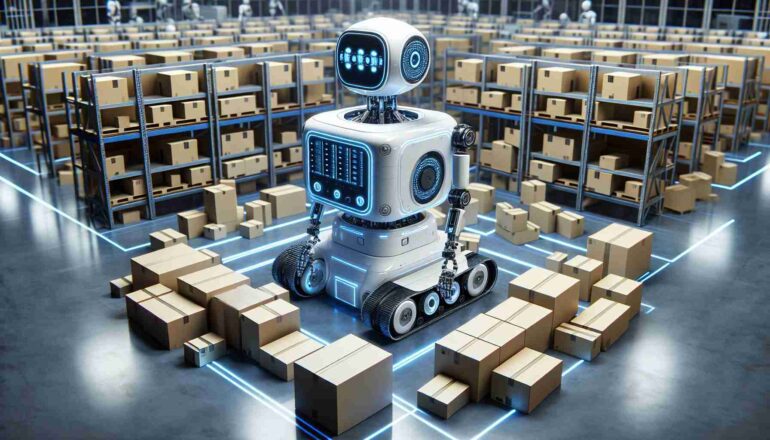TL;DR:
- Cutting-edge AI, known as a “diffusion model,” is training robots to pack efficiently.
- Robots can adhere to various constraints, making them adept at packing tasks.
- This innovative approach surpasses traditional rule-based methods, leading to faster and more effective packing.
- Robots can consider all constraints simultaneously, resulting in the swift discovery of optimal packing configurations.
- Humans’ heuristics are challenged as robots use data-driven analysis for efficient packing.
- The applications extend to industries like shipping, pharmaceuticals, and space exploration.
Main AI News:
Efficiently packing a car for a road trip or a suitcase for a journey has always been a formidable challenge, particularly for robots. However, recent research breakthroughs have harnessed the power of artificial intelligence to teach robots this essential skill. The implications of this research extend far beyond well-organized travel essentials and could potentially impact various aspects of our daily lives, from household management to the future colonization of Mars.
A group of visionary researchers from the Massachusetts Institute of Technology and Stanford University leveraged a cutting-edge generative AI technique known as a “diffusion model” to train robots in the art of packing. This intricate training involved packing items into confined spaces while adhering to an array of constraints. These constraints included considerations such as preventing heavier objects from crushing lighter ones, maintaining specified spacing between items, ensuring the robot’s arm did not inadvertently damage the container, and more. The remarkable diffusion model allowed robots to master this task more swiftly compared to conventional training methods.
Zhutian “Skye” Yang, a Ph.D. student at MIT and the lead author of the study, explains the significance of a learning-based approach. By enabling AI to autonomously learn and identify patterns from training data to achieve desired outcomes, this approach surpasses rule-based methods that operate within rigidly coded regulations. Yang elaborates, “The diffusion model is a very effective method for exploring various solutions to a problem while satisfying all constraints simultaneously.”
In the past, solving packing problems with these constraints required robots to work sequentially. They would propose potential packing arrangements and evaluate each one against individual constraints, followed by checking for conflicts with other constraints. This trial-and-error approach proved inefficient, especially when dealing with a larger number of items. In contrast, the diffusion model allowed robots to concurrently explore multiple machine-learning models, each representing a distinct constraint. This holistic perspective enabled robots to consider all constraints simultaneously, resulting in the discovery of numerous successful packing configurations in a fraction of the time.
Animesh Garg, an AI robotics expert at the Georgia Institute of Technology, notes the significance of this breakthrough. He emphasizes that this work empowers robots to adapt and devise optimal solutions swiftly, even in challenging scenarios. This advancement in optimization enables the application of robots in various fields, from kitchen assistance to streamlining packing for industries and, remarkably, contributing to missions on Mars.
Yang points out that humans often rely on heuristics, such as packing items to the edge or stacking them layer by layer, which may not always yield the most efficient solutions. In contrast, learning-based robots approach packing with data analysis and the end goal in mind, eliminating the need for trial and error. This three-step process involves contemplating packing knowledge and constraints beforehand, envisioning potential solutions, and packing accordingly, even if it diverges from intuition.
The potential applications of robots mastering efficient packing extend far beyond road trips. Industries, including shipping and pharmaceuticals, can benefit from this algorithm to optimize packing and delivery. Moreover, as we venture into space exploration, robots could play a crucial role in resource allocation and efficient packing for missions to Mars and beyond.
While the research has yielded impressive results, further studies are necessary to refine and expand upon these capabilities. Nonetheless, this pioneering work is a significant step towards harnessing the full potential of AI-driven robots in optimizing packing and placement techniques. It is a glimpse into a future where robots seamlessly handle intricate packing tasks, leaving us to enjoy the journey.
Conclusion:
The application of AI-driven packing techniques represents a significant advancement in optimizing packing and placement processes across various industries. This technology has the potential to streamline operations, reduce costs, and enhance efficiency in shipping, pharmaceutical distribution, and even space exploration. Embracing AI in packing can lead to more agile and effective solutions, positioning businesses for a competitive edge in a rapidly evolving market.

